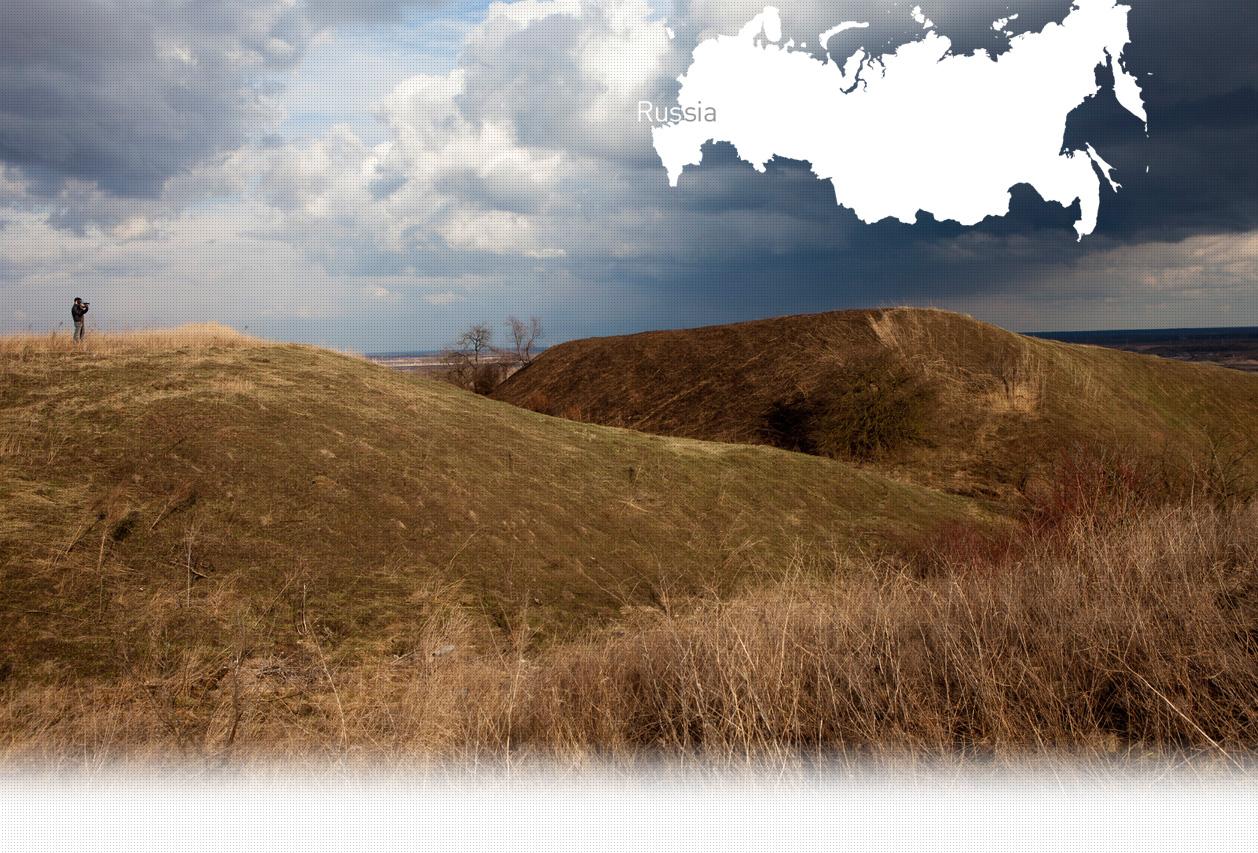

2 Killing site(s)
Pyotr R., born in 1928, remembers: «Once the war broke out a lot of Jewish refugees arrived in our village. Under the order of the selsoviet, the local villagers took them in. A Jewish family from Moldova was placed in our house. They were named Danil and Sarah and they had three daughters. The eldest daughter was very beautiful and all the boys tried to flirt with her. Another daughter, Simka, was my age, about 13-14 years old. We were friends with her. Once they moved, they had a boy. Danil worked in the kolkhoze. He transported food supplies. Sarah didn’t work because she had a newborn. All the Jews fit to work worked on farming activities in the kolkhoz. All the Jews were fed by the kolkhoz.» (Witness n°551, interviewed in Spasskoye, on August 23, 2015)
«Germans soldiers and officers arrested 44 refugees, men, women and children of all ages among them, passing through the village of Spasskoye, where they were shot. Their names remained unknown. On another day, they shot 5 local villagers from Spasskoye; members of the Avangrd kolkhoz.” [Act n°64 of Soviet Extraordinary Commission, drawn up on June 28, 1943; RG-22.002M, 7021-17/10 (district B-M)]
Spasskoye is located on the banks of the Mokraya Buyvola River, around 150km east of Stavropol. Historically home to Russians, there were no Jewish families living in the village prior to the war. According to the witness, once the war broke out, about a dozen Jewish families settled in the village. Under the order of the local administration, the Jews lived among the villagers and worked in the kolkhoz. The Germans occupied the territory in August 1942. The majority of Jewish refugees were able to evacuate before their arrival.
According to Yahad’s field research, about 7 Jews who didn’t have time to evacuate were executed by Germans in the animal landfill pit. About 44 Jews, according to the Soviet archives, and about 17 Jews, according to local witnesses, were brought from another location and shot in Spasskoye. The Jews were brought in carts. In all, there were between 5-7 carts. Before being shot, the Jews were interned in the yard of the machine service, Brigade 2, for a night. They were shot during the night in the yard of a dairy farm and their bodies were thrown in the well.
Do you have additional information regarding a village that you would like to share with Yahad ?
Please contact us at contact@yahadinunum.org
or by calling Yahad – In Unum at +33 (0) 1 53 20 13 17